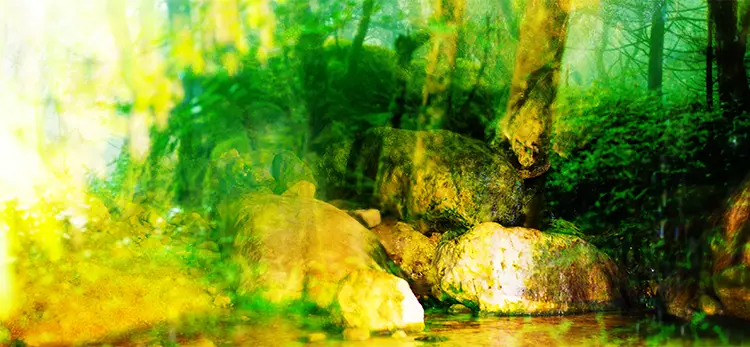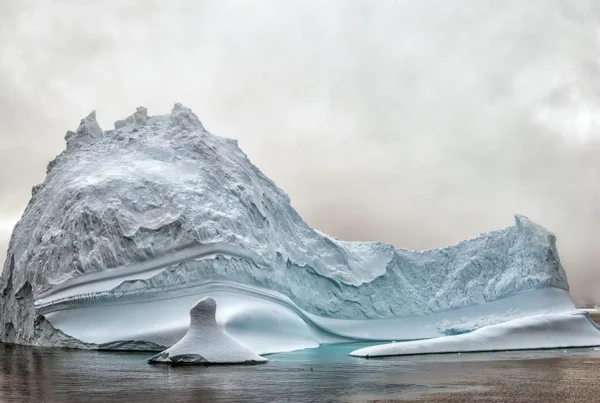“That first exhibition was the moment I began to see myself as an artist.”
Unexpected Pathways: From Code to Camera
Wataru Furuta’s artistic evolution is defined not by a linear ascent, but by a cascade of transformative moments spanning diverse industries and disciplines. Initially grounded in the technical fields of economics and IT, Furuta’s early career was shaped by Japan’s economic downturn, which led to an unexpected assignment in distribution systems. This detour provided him with a unique lens on the internal mechanics of modern commerce, sharpening his understanding of societal structures and workflows. That experience, coupled with further education at the Waseda Business School, laid the groundwork for a worldview that would deeply inform his creative work later on. Furuta’s immersion in the systems-driven landscape of corporate Japan gave him an intuitive grasp of the invisible frameworks that underpin daily life—knowledge that would resurface with renewed force once he entered the creative domain.
A pivotal shift occurred during his time in marketing and public relations, where Furuta first encountered the creative industries through collaborations with external production teams. These engagements kindled a fascination with the artistic process, prompting him to enroll in a design school and accept a position at a digital video production company. Over time, his role expanded from producer to director and cinematographer, encompassing a wide spectrum of visual media. He eventually launched his own production firm, where his creative control deepened and his interest in still photography intensified. Promotional photography was his initial entry point into this medium, but it wasn’t long before he began crafting original works that diverged from purely commercial intent.
A defining moment in Furuta’s artistic awakening came through his collaboration with actor Tadanobu Asano on the latter’s directorial debut. Working side-by-side throughout the film’s development and post-production, Furuta was struck by Asano’s earnest devotion to his craft—an approach anchored not in market demands but in an intrinsic sense of creative responsibility. That encounter, along with the influence of his wife, an actor who embodied a similarly uncompromising artistic ethos, catalyzed Furuta’s transition from commercial producer to independent artist. A family crisis—his child’s illness—prompted both a physical relocation and an internal reevaluation. Disbanding his production team, he formed a lean, two-person unit with his wife, and around 2005, began creating photographic work that was deeply personal and conceptually grounded.
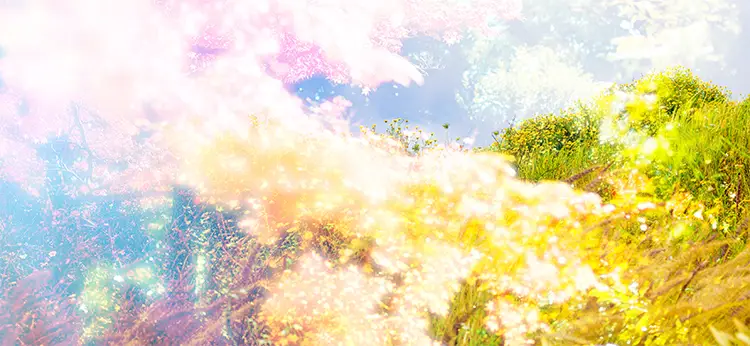
Wataru Furuta: The Weight of Light and Shadow
Furuta’s photographic voice emerged with striking clarity through his inaugural series, The Boy and the Sea. This body of work holds profound emotional weight for the artist, serving both as a personal chronicle and a symbolic exploration of fragility, change, and time. Captured over the course of seven years, the series consists of photographs of the same seascape he visited with his son—who had been seriously ill—during a period of profound personal upheaval. The ocean, endlessly shifting yet constant in its presence, became a metaphor for both uncertainty and endurance. The project functioned as a psychological self-portrait for Furuta, interweaving themes of memory, impermanence, and parenthood. Despite initial hesitation to exhibit the work due to its deeply personal nature, doing so became a pivotal step in embracing his identity as an artist.
Death, in both a philosophical and spatial sense, became a recurring motif in his practice. Furuta’s images often gravitate toward places that evoke a sense of threshold—landscapes that feel like passages between the seen and unseen. Cemeteries, temples, shrines, churches, and mosques frequently appear in his photographic explorations, not as literal subjects but as atmospheric anchors. He approaches these spaces with the intent to absorb local sensibilities around death, allowing them to guide his composition and emotional tone. This engagement is not academic or observational; rather, it is visceral and intuitive. The result is a body of work that reflects an evolving dialogue between life and its eventual conclusion, filtered through the lens of visual narrative.
Photography, for Furuta, is not merely a chosen medium but a necessity. Although his artistic foundations lie in motion pictures—specifically through the tactile experience of shooting Super 8 and 16mm film—his gradual shift to still imagery marked a turning point. The demise of film development infrastructure in Japan forced him to reassess his methods, leading him to digital cameras that combined the cinematic qualities he cherished with new flexibility. Over time, the still image’s ability to encapsulate an emotion, a story, or a moment in its entirety began to captivate him more than moving images could. This realization cemented photography as the most natural and potent form of expression for his ideas, allowing him to pause and preserve fleeting fragments of existential reflection.
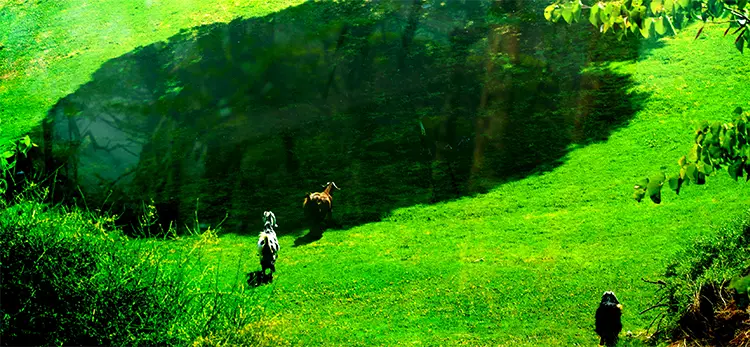
Contours of the Invisible: Art Born of Structure
Furuta’s work is quietly radical in its fusion of technical logic and emotive resonance. His early background in digital systems continues to shape how he conceives and constructs visual narratives. Understanding technological frameworks enables him to see beyond the surface of images and into the mechanisms that support them—an ability that enhances both his conceptual thinking and his production process. This fluency in the digital undercurrents of modern life adds a layer of clarity to his artistic endeavors, where form and idea are held in delicate balance. He does not approach art from a purely expressive stance, but from one that respects infrastructure, process, and structure—qualities inherited from years in system-based industries.
At the same time, Furuta remains acutely connected to the everyday world of salaried workers and corporate culture. His years in a conventional office environment gave him firsthand insight into the routines and expectations of ordinary life. This connection allows him to craft work that speaks not only to elite art audiences but also to those whose lives are grounded in stability and repetition. By retaining empathy for that demographic, he creates images that are neither alienating nor esoteric. Instead, they invite quiet introspection, offering viewers a chance to confront universal themes—loss, perseverance, transformation—through a visual language that is both precise and poetic.
His creative process often requires physical displacement, with travel playing an integral role in maintaining momentum. Furuta seeks out unfamiliar territories as a way to reset his focus and stir new perspectives. Even when travel serves another purpose entirely, it becomes a wellspring for image-making. The act of shooting itself becomes a meditative practice, a way to navigate mental impasses and rekindle inspiration. When faced with conceptual fatigue or thematic stagnation, he intentionally shifts his visual approach—exploring new angles, formats, or subject matter—to reignite the creative engine. This method, rooted in motion and experimentation, allows his work to remain dynamic while staying anchored to its core emotional truths.
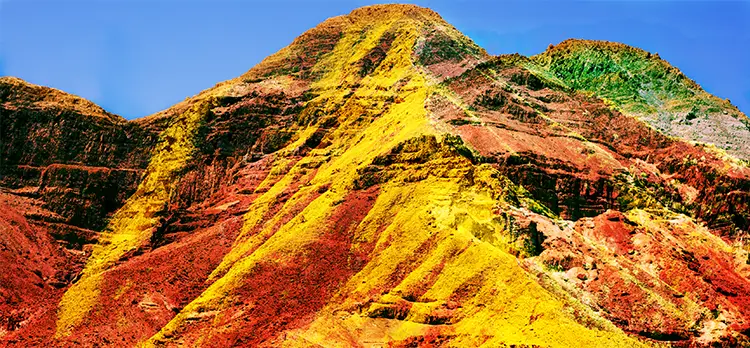
Wataru Furuta: Between Tradition and the Contemporary Gaze
Though Furuta’s current work revolves around contemplative still photography, he carries a strong affinity for the world of cinema and traditional Japanese aesthetics. Among his most significant influences is legendary filmmaker Akira Kurosawa, whose command of visual storytelling and human emotion left a deep impression. This influence manifests not through mimicry but through atmosphere—Furuta’s compositions echo the kind of emotional depth and spatial sensibility that define Kurosawa’s films. Just as Kurosawa used landscape and lighting to evoke psychological states, Furuta employs light, texture, and silence to communicate with his audience. The cinematic eye he developed early in his career continues to shape his framing and emotional pacing.
Looking ahead, Furuta dreams of a project that intertwines his love for photography with his reverence for traditional Japanese culture. He envisions a photo series rooted in jidai-geki (period dramas) and classical performing arts. This endeavor would allow him to blend historical motifs with contemporary photographic expression, creating a bridge between eras and mediums. More than a stylistic exercise, the project represents a return to foundational cultural narratives—stories of honor, loss, and ritual—that continue to resonate across generations. Furuta hopes to share this work both within Japan and on international stages, expanding the dialogue between heritage and innovation.
In Furuta’s eyes, art is not a commodity or a performance; it is a declaration of intent and identity. His journey—from systems engineer to image-maker—is a testament to the power of reinvention, guided not by trend or acclaim, but by introspection and lived experience. Whether shooting a commercial project or crafting an emotionally dense photo series, he brings the same dedication and authenticity to every frame. His story serves as a reminder that artistry does not always emerge from formal training or early immersion, but can grow from unexpected junctures, personal upheavals, and the quiet resolve to create with meaning.
